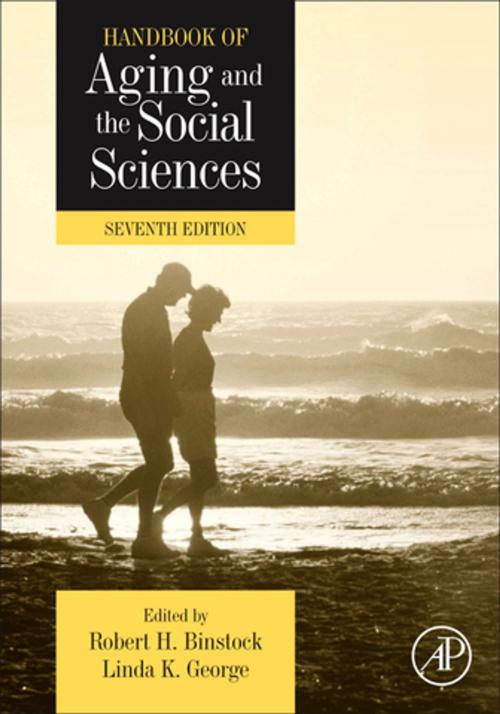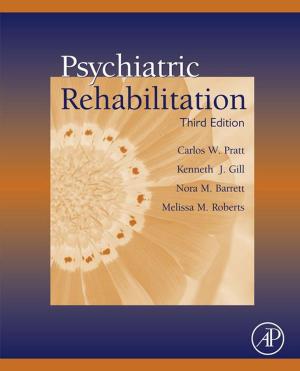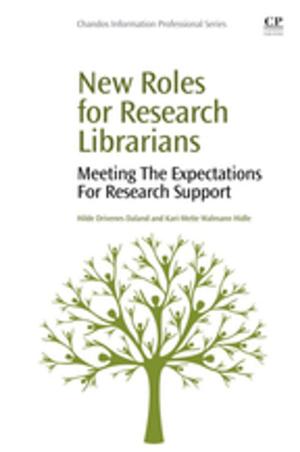Handbook of Aging and the Social Sciences
Nonfiction, Health & Well Being, Medical, Specialties, Geriatrics, Psychology, Developmental Psychology| Author: | ISBN: | 9780123808813 | |
| Publisher: | Elsevier Science | Publication: | November 26, 2010 |
| Imprint: | Academic Press | Language: | English |
| Author: | |
| ISBN: | 9780123808813 |
| Publisher: | Elsevier Science |
| Publication: | November 26, 2010 |
| Imprint: | Academic Press |
| Language: | English |
Handbook of Aging and the Social Sciences, Seventh Edition, provides extensive reviews and critical evaluations of research on the social aspects of aging. It also makes available major references and identifies high-priority topics for future research.
The book is organized into four parts. Part 1 reviews developments in the field of age and the life course (ALC) studies and presents guidelines on conducting cohort analysis. Part 2 covers the demographic aspects of aging; longevity trends; disability and aging; and stratification and inequality research. Part 3 includes chapters that examine socioeconomic position and racial/ethnic disparities in health at older ages; the role of social factors in the distribution, antecedents, and consequences of depression; and aspects of private wealth transfers and the changing nature of family gift-giving. Part 4 deals with pension reform in Europe; the political activities of older Americans; the future of retirement security; and gender differences in old age.
The Handbook is intended for researchers, professional practitioners, and students in the field of aging. It can also serve as a basic reference tool for scholars, professionals, and others who are not presently engaged in research and practice directly focused on aging and the aged.
- Contains all the main areas of social science gerontological research in one volume
- Begins with a section on theory and methods
- Edited by one of the fathers of gerontology (Binstock) and contributors represent top scholars in gerontology
Handbook of Aging and the Social Sciences, Seventh Edition, provides extensive reviews and critical evaluations of research on the social aspects of aging. It also makes available major references and identifies high-priority topics for future research.
The book is organized into four parts. Part 1 reviews developments in the field of age and the life course (ALC) studies and presents guidelines on conducting cohort analysis. Part 2 covers the demographic aspects of aging; longevity trends; disability and aging; and stratification and inequality research. Part 3 includes chapters that examine socioeconomic position and racial/ethnic disparities in health at older ages; the role of social factors in the distribution, antecedents, and consequences of depression; and aspects of private wealth transfers and the changing nature of family gift-giving. Part 4 deals with pension reform in Europe; the political activities of older Americans; the future of retirement security; and gender differences in old age.
The Handbook is intended for researchers, professional practitioners, and students in the field of aging. It can also serve as a basic reference tool for scholars, professionals, and others who are not presently engaged in research and practice directly focused on aging and the aged.
- Contains all the main areas of social science gerontological research in one volume
- Begins with a section on theory and methods
- Edited by one of the fathers of gerontology (Binstock) and contributors represent top scholars in gerontology















